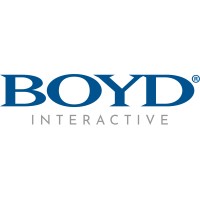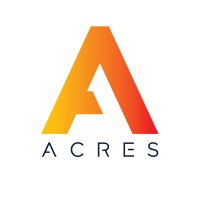
Boyd Interactive
Founded in 2013, Pala Interactive envisioned and anticipated the growth of online gaming in the United States. Today, through our Online Gaming Platform, including best-in-class and proprietary technology services, player account management platforms, online casino products and games, combined with relevant content and technological integrations, Pala Interactive is a leader in online real money and social gaming. Pala Interactive operates in multiple States throughout the U.S.A. and Canada within the B2C and B2B space. Pala Interactive was acquired by Boyd Gaming in November of 2022.






